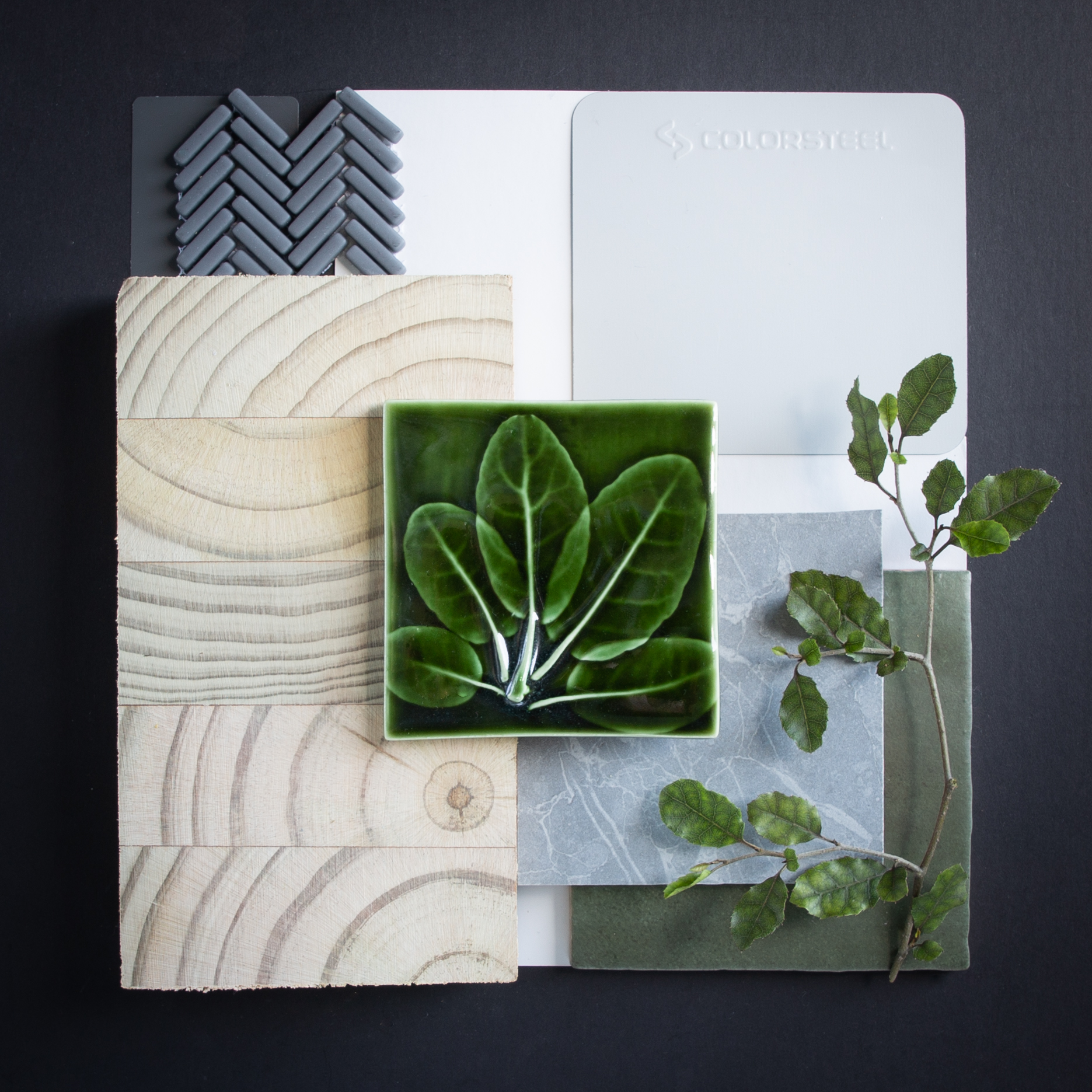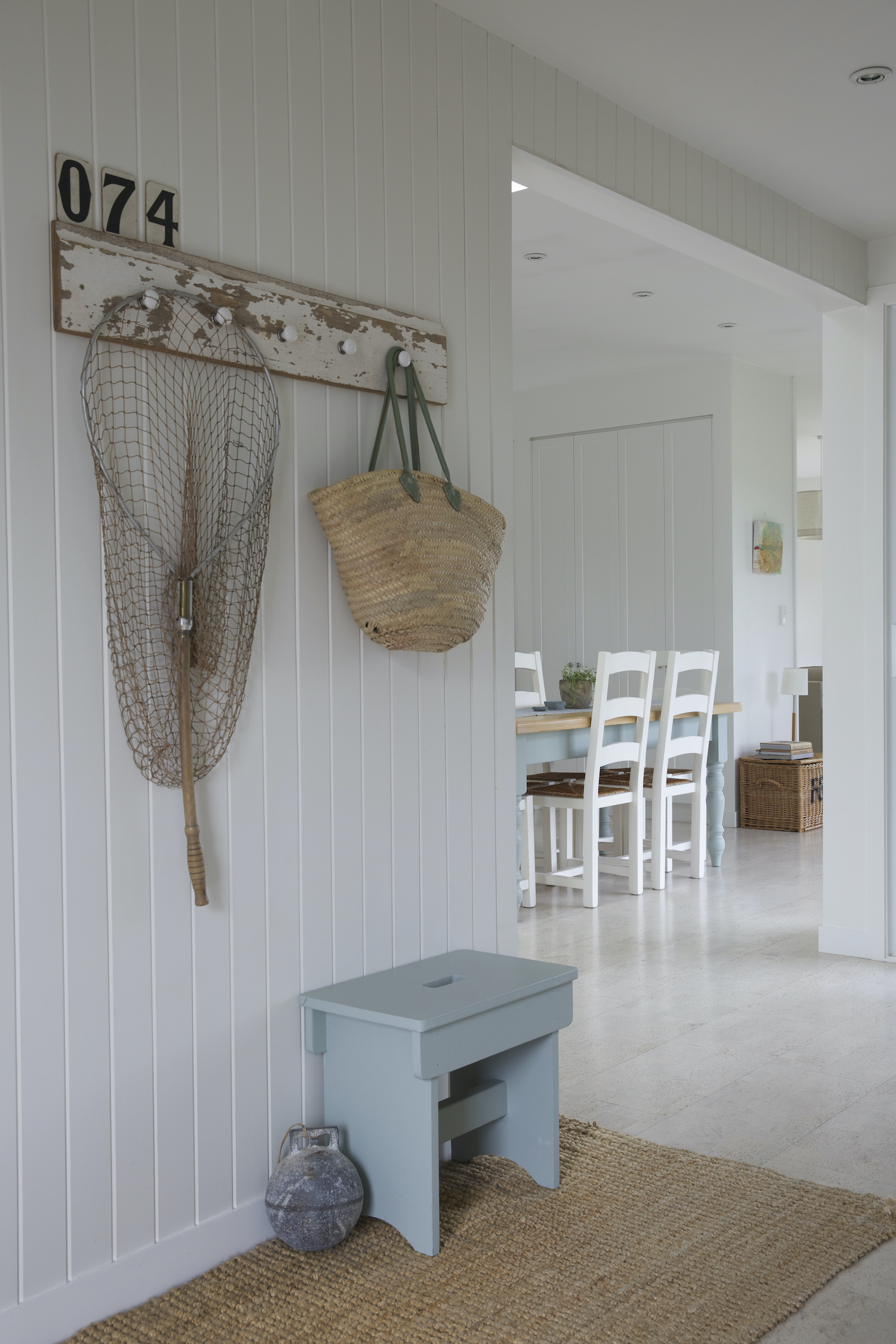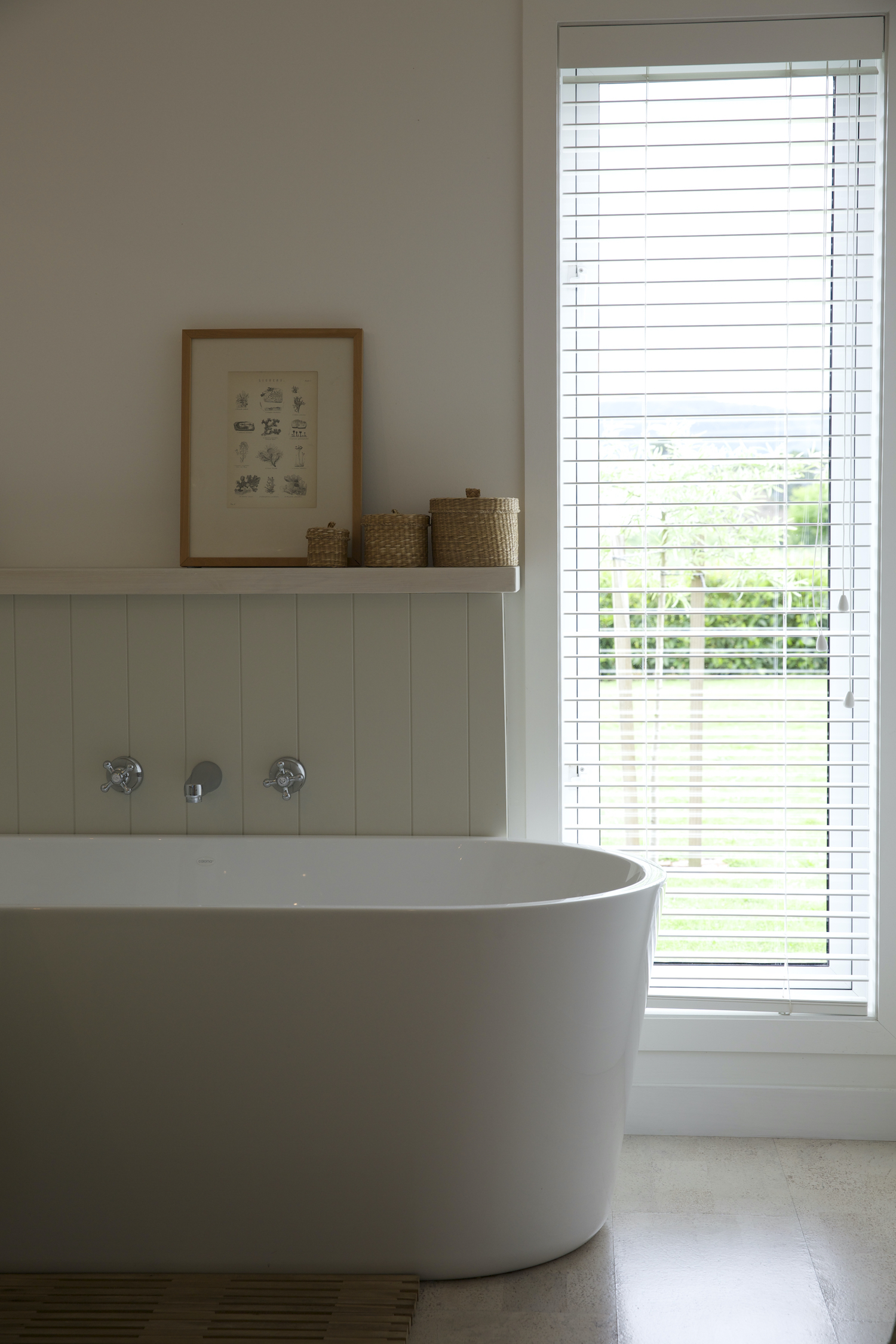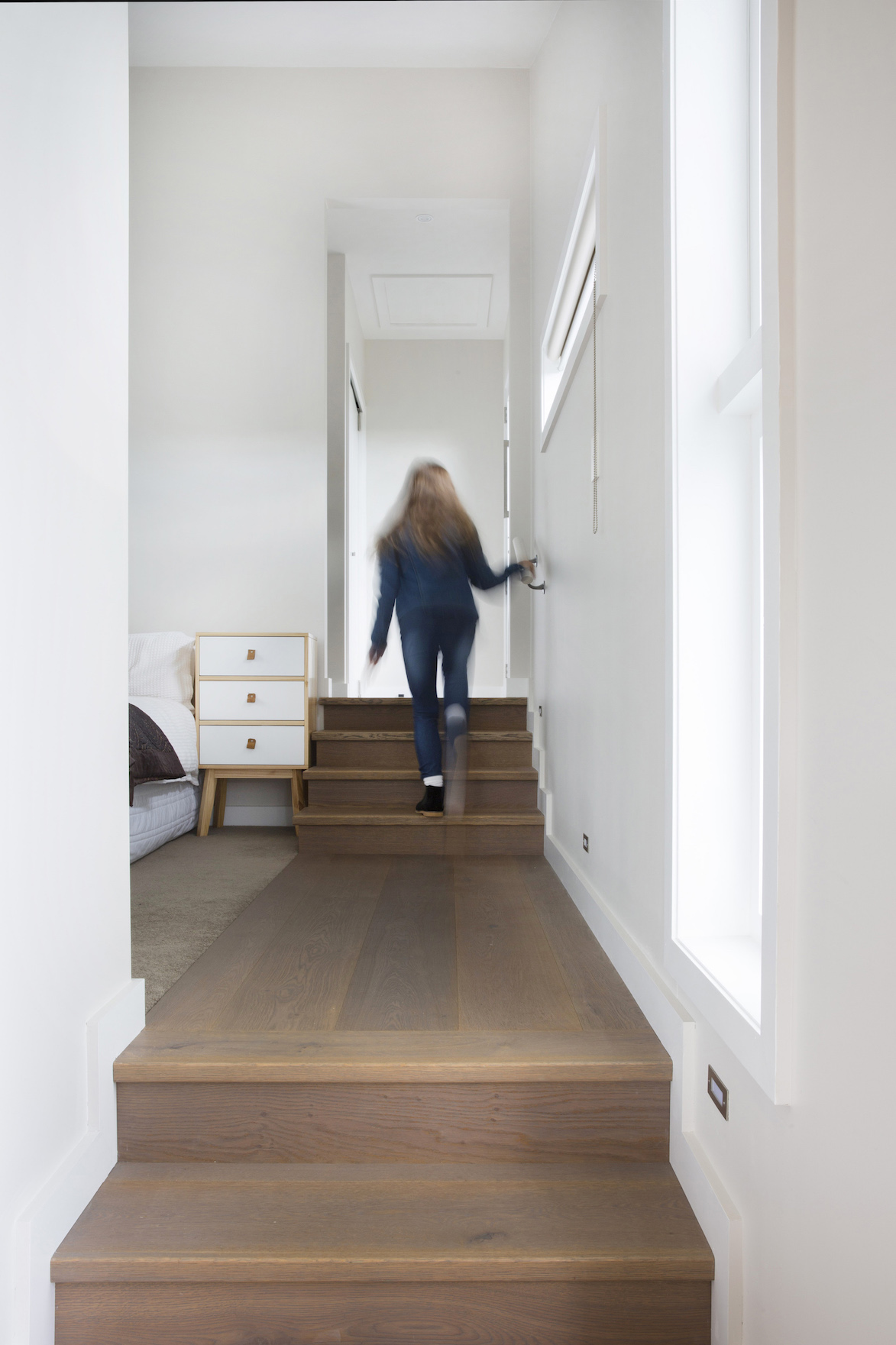Designing for the senses
There are elements of the summer retreat that we can bring into the Architecture of our homes to encourage a sense of wellbeing. Ways of encouraging us to relax and enjoy the moment often encourage a stimulation or an engagement of our senses, so that we are brought into the 'now' gently, encouraging us to simply be.
We respond to environments that are intuitively multi sensory. Within cognitive science the equation of Mind + Body + Environment = Experience. As architects we want to ensure that the built spaces we design are formed around not only the functional brief, but also the physical and emotional experience of the occupant as well.
We will delve into different the different techniques in upcoming blog posts, but a few examples of elements that are important when designing for our senses and cognitive experience include:
Sight
- The variation of Light and shadow (across textures, candle light, sunlight light and artificial light)
- Colour (and its cognitive effect).
- Openness and enclosure.
- Visual patterning and the rhythm of design elements.
- Outlook, and a connection to the environment.
Sound
- Acoustic design of spaces, reverberation, echo, softening.
- Footfall, the sound of movement through spaces.
- Response to the environment - wind moving, the sound of surf, rain on the roof.
Scent & Taste
- Scents from outside - salt, pines, flowers, freshly mown grass, the smell of the rain.
- Scents from inside - cedar, natural oils, low toxic scents, natural materials, fireplaces.
- Scents and taste - Cooking, baking, eating, sharing food and drink. The taste of local water.
Touch & Temperature
- Temperature (air, surfaces, rooms, heat from fireplaces or the sun, cooling air across water)
- Texture (smooth or rough surfaces, whether through actually touching the surface or simply visually interpreting it).
- Skin contact with the ground, door handles, the texture below bare feet or against your hands, the movement of air across your skin
Proprioception, Movement and Balance.
- Proprioception is the awareness of your body in space and how you move through it.
- Movement (the speeding up or slowing down of our pace via texture or spatial arrangement), the stimulation of our haptic sense.
- Spatial effects of moving up and down levels, how your body responds to the transition through different spaces and balance on different planes or angles.
Synesthesia
- Synesthesia - where colours are 'tasted' music is 'seen' - cross sensory connections. Being aware when designing of patterns that make you feel dizzy, or colours that evoke taste. Bringing to mind positive associations between taste, sight, smell and touch.
These are just a few examples of ways that we design with a sensory experience in mind. These considerations are carefully woven together so they are applicable to the context and the purpose of the architecture, as well as being a key to they way that the built environment influences your sense of wellbeing.



